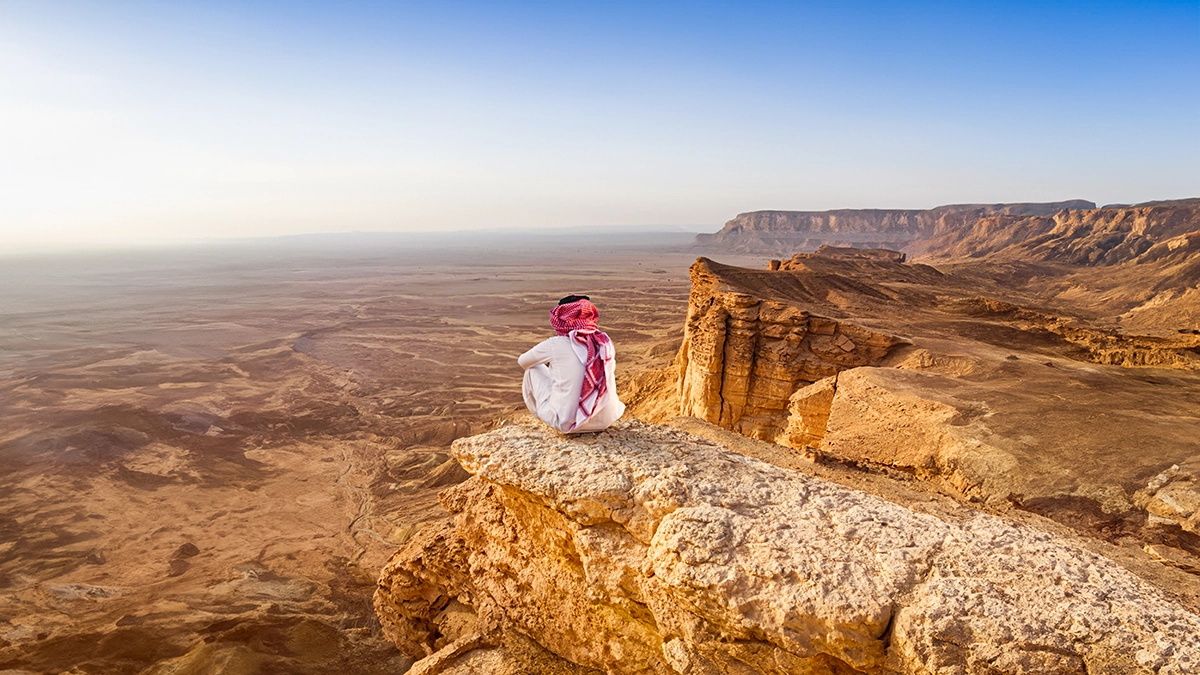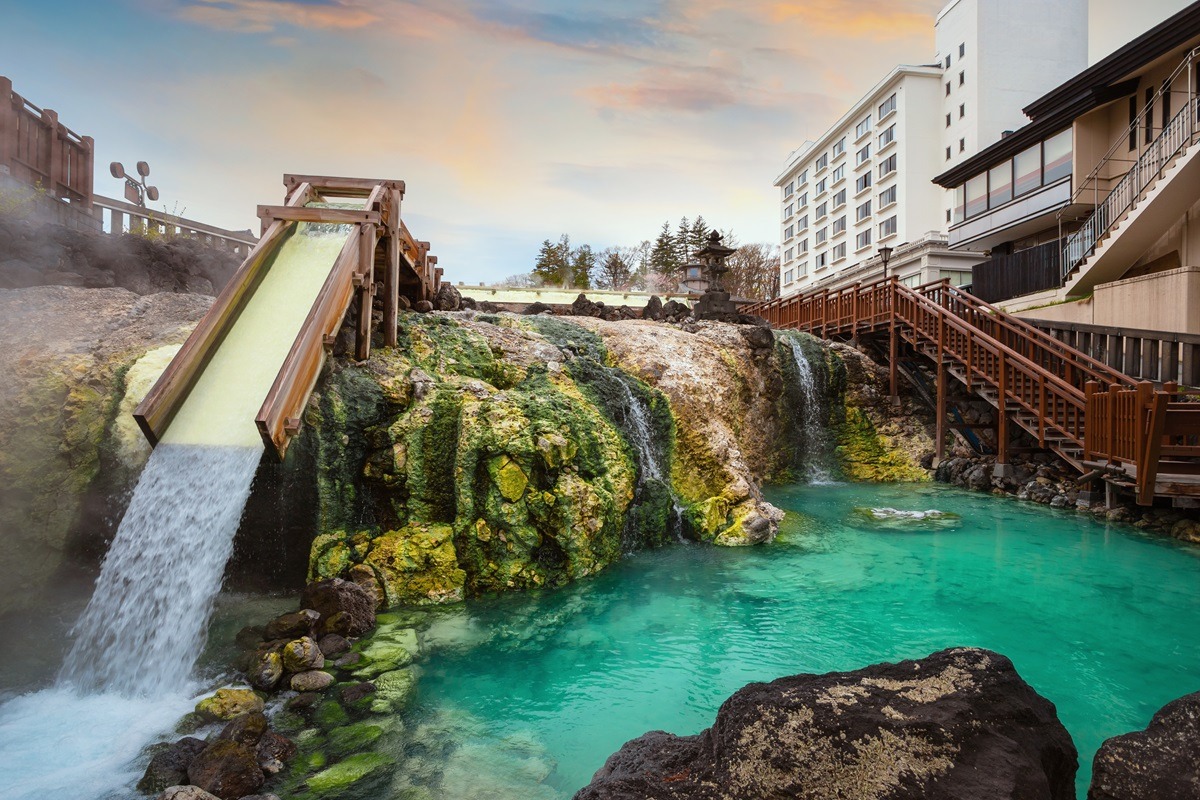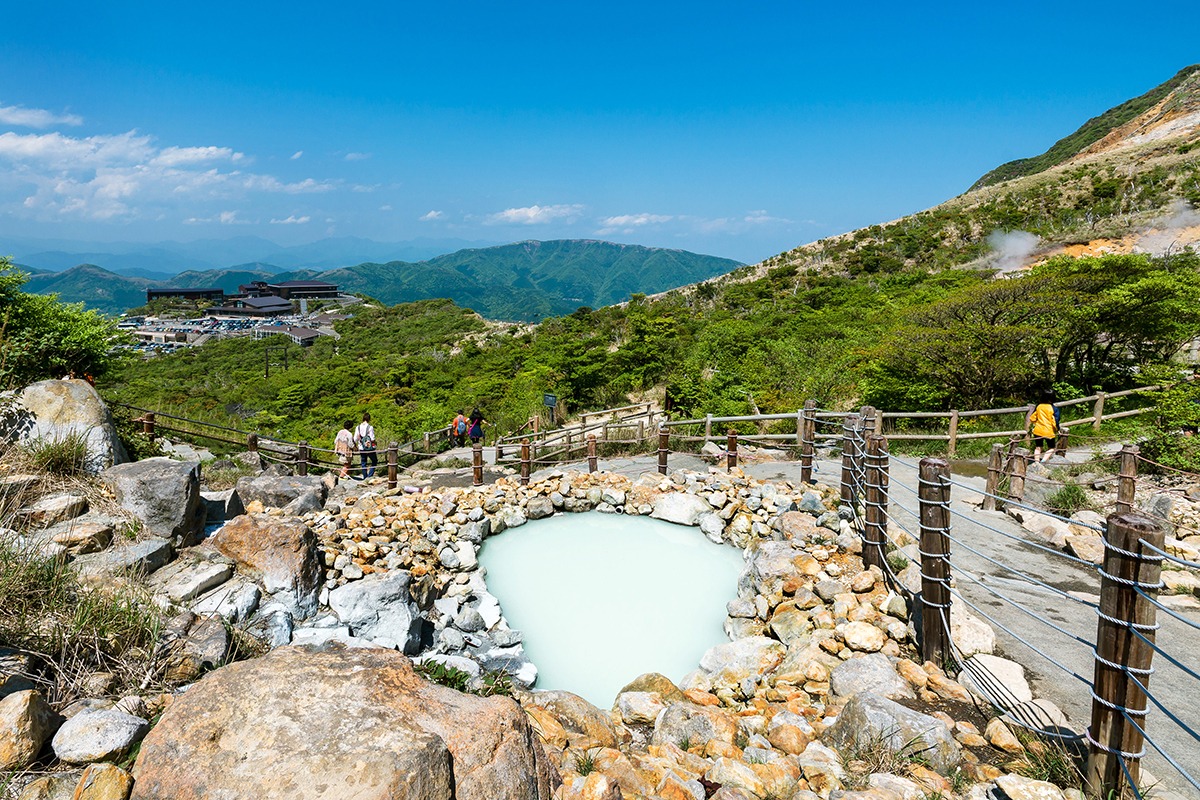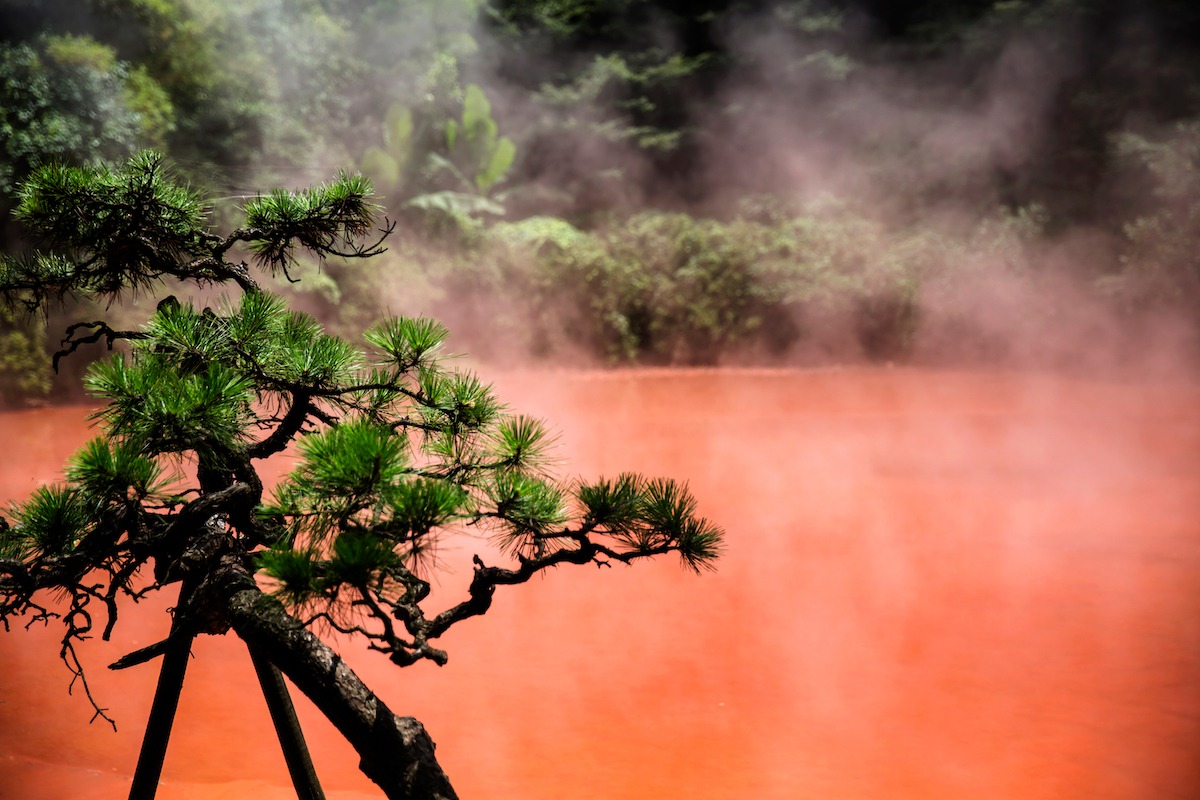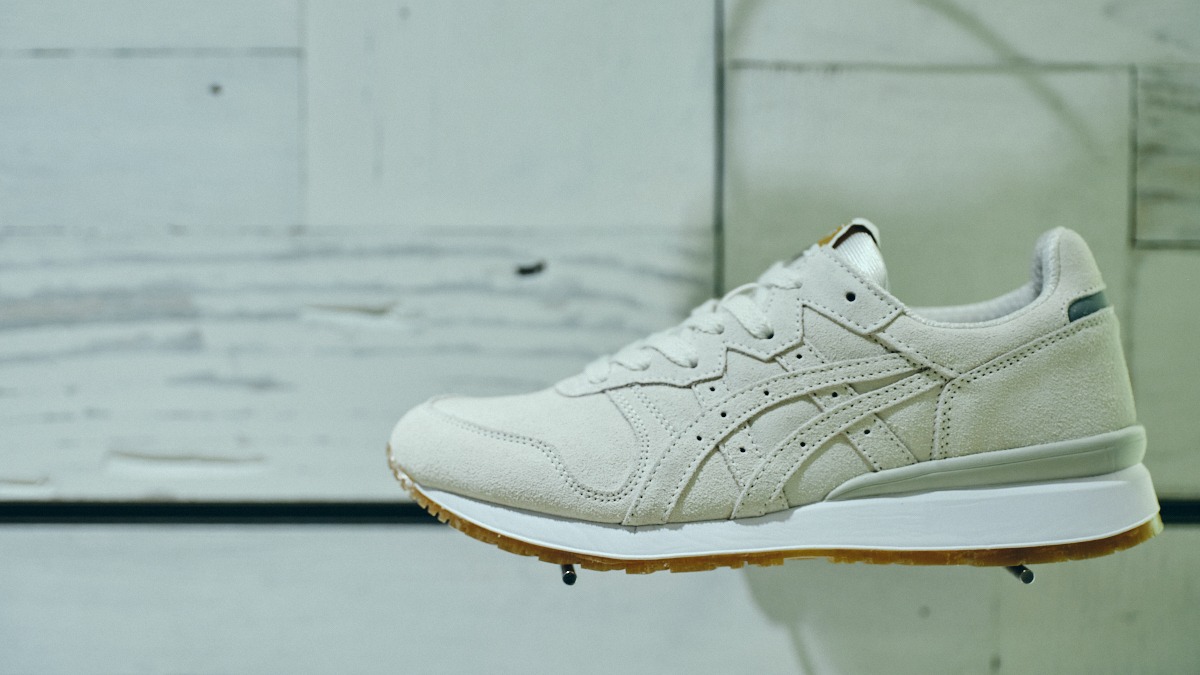There’s nothing quite like the sensation of sinking into a steaming hot spring—especially when surrounded by Japan’s picturesque landscapes. Onsen, the Japanese term for natural hot springs, are a unique blend of tradition, relaxation, and nature. From the volcanic mountains of Hokkaido to the serene beaches of Okinawa, Japan offers a variety of onsen experiences that cater to every type of traveler. Whether you’re a seasoned onsen enthusiast or a curious first-timer, this guide will cover everything you need to know about exploring the best hot springs Japan has to offer.
The History and Culture of Onsen in Japan
Onsen have been an integral part of Japanese culture for centuries. The origins of hot spring bathing in Japan can be traced back to ancient times, with references found in historical texts and traditional folklore. These natural thermal baths were initially discovered by hunters following the habits of animals that frequented the warm waters. Over time, the soothing and healing properties of the mineral-rich waters led to the development of onsen as communal bathing facilities.
In the Edo period (1603-1868), onsen towns began to flourish, becoming popular destinations for travelers seeking relaxation and rejuvenation. The Edo period also saw the establishment of ryokan (traditional Japanese inns) that featured onsen baths, providing travelers with a complete immersive experience. The communal aspect of onsen bathing has played a crucial role in Japanese society, fostering a sense of community and relaxation.
Onsen culture is deeply rooted in Japanese values of cleanliness, purity, and respect for nature. The meticulous bathing etiquette observed in onsen today reflects these values, ensuring that the serene environment is preserved for everyone to enjoy.
Top Onsen Destinations in Japan
Kusatsu Onsen
Located in Gunma Prefecture, Kusatsu Onsen is often hailed as one of Japan’s most famous hot spring resorts. The town’s hot springs are known for their high sulfur content and health benefits. The Yubatake, or “hot water field,” is the town’s main attraction, where hot spring water gushes from the ground and flows through wooden conduits. Visitors can stroll around the Yubatake, soak their feet in public foot baths, and immerse themselves in various traditional and modern onsen facilities.
Kusatsu Onsen is not just about the baths; it’s also a cultural hub with festivals, traditional performances, and local cuisine. The Yumomi performance, where locals stir the hot spring water with wooden paddles while singing traditional songs, is a must-see event that showcases the unique cultural heritage of the town.
Hakone Onsen
Hakone, located in Kanagawa Prefecture near Tokyo, is another top destination for onsen enthusiasts. Nestled within the Fuji-Hakone-Izu National Park, Hakone offers a perfect blend of nature and hot spring relaxation. The area is home to numerous onsen resorts and ryokan that provide stunning views of Mount Fuji and Lake Ashi.
One of the unique aspects of Hakone Onsen is its variety of water types, including sulfur, chloride, and carbonate springs. Each type of spring offers different health benefits, making Hakone a haven for those seeking therapeutic experiences. Additionally, Hakone is famous for its outdoor baths, known as rotenburo, where guests can relax in steaming waters while taking in breathtaking natural scenery.
Beppu Onsen
Situated in Oita Prefecture on the island of Kyushu, Beppu is renowned for its abundant hot spring activity and diverse onsen options. Beppu boasts the highest number of hot spring sources in Japan, offering a wide range of bathing experiences, from traditional baths to sand baths and mud baths.
One of Beppu’s unique attractions is the “Hells of Beppu” (Jigoku), a collection of visually stunning hot springs that are for viewing rather than bathing. These thermal wonders include vibrant blue pools, steaming red ponds, and bubbling mud pits. For those looking to soak, Beppu’s numerous public baths and ryokan provide plenty of options to choose from.
Onsen Bathing Etiquette
Experiencing an onsen is not just about soaking in hot water; it’s about immersing yourself in a deeply rooted aspect of Japanese culture. To ensure a pleasant and respectful experience, it’s important to follow proper onsen etiquette.
Shower Before Entering
Before entering the onsen bath, make sure to thoroughly wash and rinse your body at the shower stations provided. This step is crucial in maintaining the cleanliness of the communal baths. Use the soap and shampoo provided by most facilities and rinse off completely to avoid bringing soap residue into the onsen.
Keep Towels Out of the Water
Most onsen facilities provide small towels for washing and larger towels for drying off post-bath. The small towel should be used to wash your body at the shower station and to cover yourself modestly while walking to and from the baths. However, it should not be submerged in the onsen water. Instead, place it on the edge of the bath or on your head.
Respect Others’ Privacy
Onsen are places of relaxation and tranquility. Avoid loud talking, splashing, or any behavior that might disturb other bathers. Additionally, taking photos within the bathing area is usually prohibited to protect the privacy of all guests.
Tattoos
While attitudes towards tattoos are changing, some onsen still have policies against visible tattoos due to their historical association with organized crime in Japan. If you have tattoos, check the onsen’s policy in advance. Some facilities may provide coverings for small tattoos or have designated times for tattooed guests.
Stay Hydrated and Know Your Limits
Soaking in hot springs can be dehydrating. Drink plenty of water before and after your bath. Also, be mindful of how long you stay in the onsen, as prolonged exposure to hot water can lead to dizziness or fainting.
Unique Onsen Experiences
Outdoor Rotenburo
One of the most scenic ways to enjoy an onsen is through rotenburo (outdoor baths). Many onsen resorts feature rotenburo that offer breathtaking views of nature—whether it’s lush forests, mountains, or seaside landscapes. The combination of hot, soothing waters and fresh air creates an unparalleled relaxation experience.
For instance, the outdoor onsen at Takaragawa Onsen in Gunma offers picturesque river views, while the rotenburo at Ginzan Onsen in Yamagata is surrounded by historic buildings and snowy mountains in winter, enhancing the magical ambiance.
Sand Baths and Mud Baths
For a unique twist on the traditional hot spring experience, consider trying a sand or mud bath. In certain onsen towns like Ibusuki in Kagoshima Prefecture, guests can enjoy natural sand baths where they are buried in warm volcanic sand. The heat from the sand gently warms the body, promoting relaxation and detoxification.
Beppu is famous for its mud baths, where the hot, mineral-rich mud is thought to have numerous health benefits for the skin and body. These alternative onsen experiences provide a different, yet equally rejuvenating way to enjoy Japan’s hot springs.
Stay tuned for more sections covering onsen towns, seasonal highlights, and practical travel tips!
